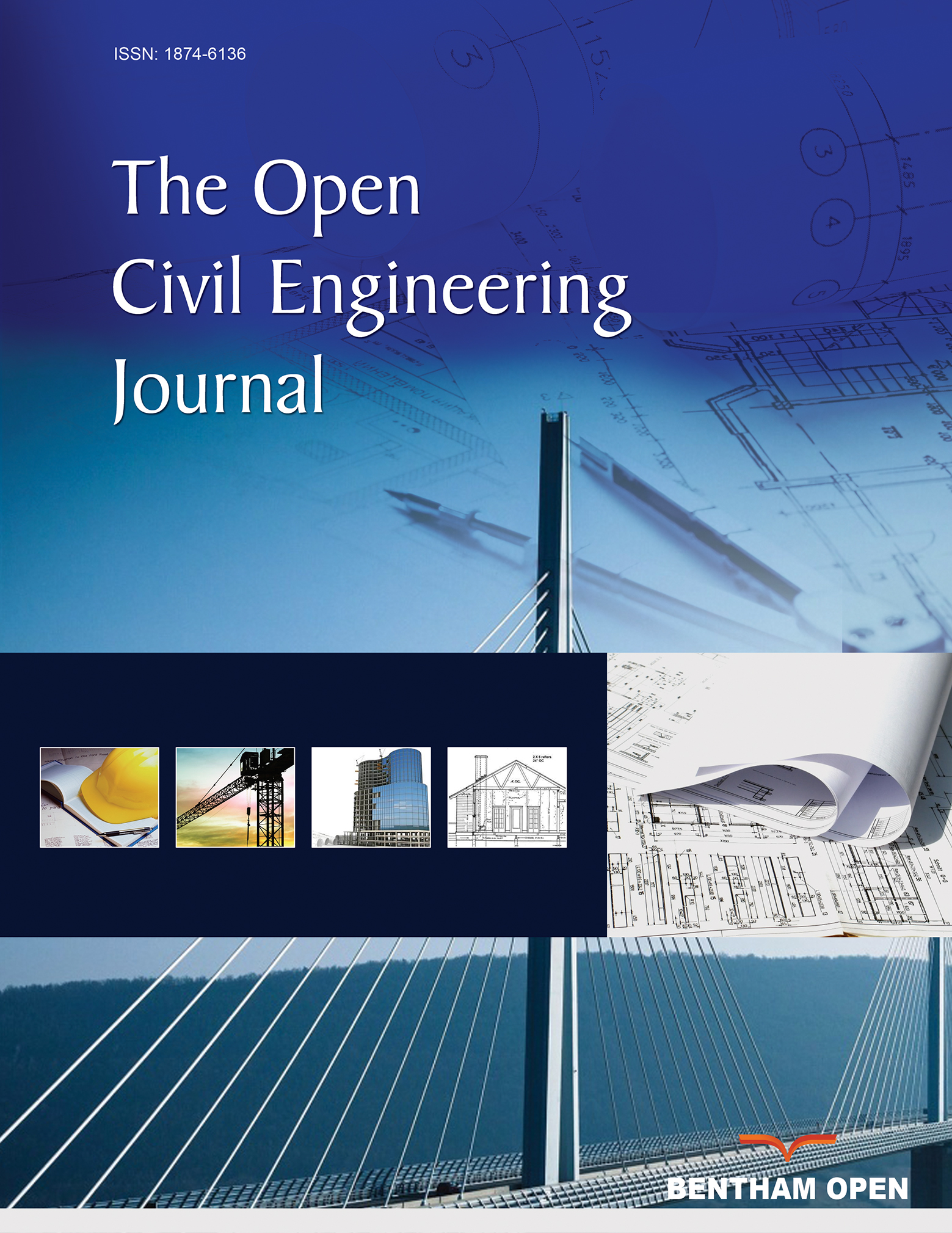All published articles of this journal are available on ScienceDirect.
Experimental and Numerical Investigation of Old Masonry Wall Using a Macro-Modeling Approach
Abstract
Background:
A 3-D finite element model of the internal masonry wall of a 103-year-Old Senate hall, Allahabad University, has been modeled using macro-modeling approaches. The masonry wall is an excellent example of Indo-Saracenic style architecture used by Britishers during the late 19th Century, which is a unification of the Mughal and Colonial architecture.
Methods:
Non-destructive Test (NDT) has been conducted to estimate is compressive strength and Young’s modulus of the wall. Compressive strength of the brick masonry and stone arch was estimated in the range of 10.5-12.5 MPa and 18.6-21.2 MPa, respectively, whereas Young’s Modulus was estimated in the range of 1800-5000 MPa and 5500-8000 MPa (outlier not considered). Finite Element model was prepared using the macro-modeling approach.
Results:
The gravity load analysis shows that the wall is stable, and its geometrical configuration is safe with maximum Von-Mises stress of 5.38 MPa and deformation of 2.27 mm. The results of the first six modes are presented. Further, in the absence of a recorded ground motion for the Prayag city, synthetic ground motion is simulated for 25th April 2015 Nepal earthquake (Mw) using a stochastic finite fault model.
Conclusion:
Evaluated behaviour of the internal masonry wall is shown in the form of acceleration, deformation and stress response.


